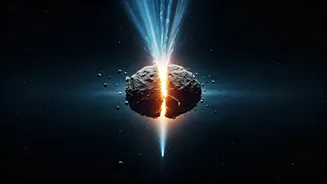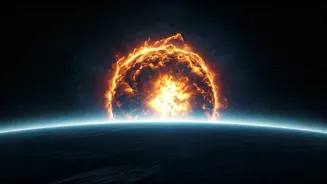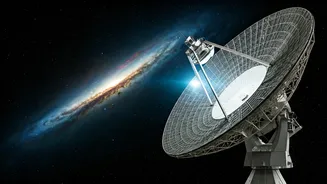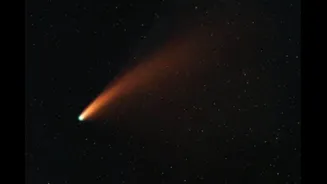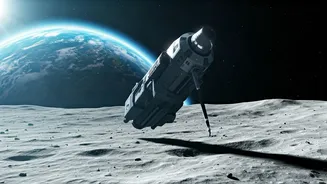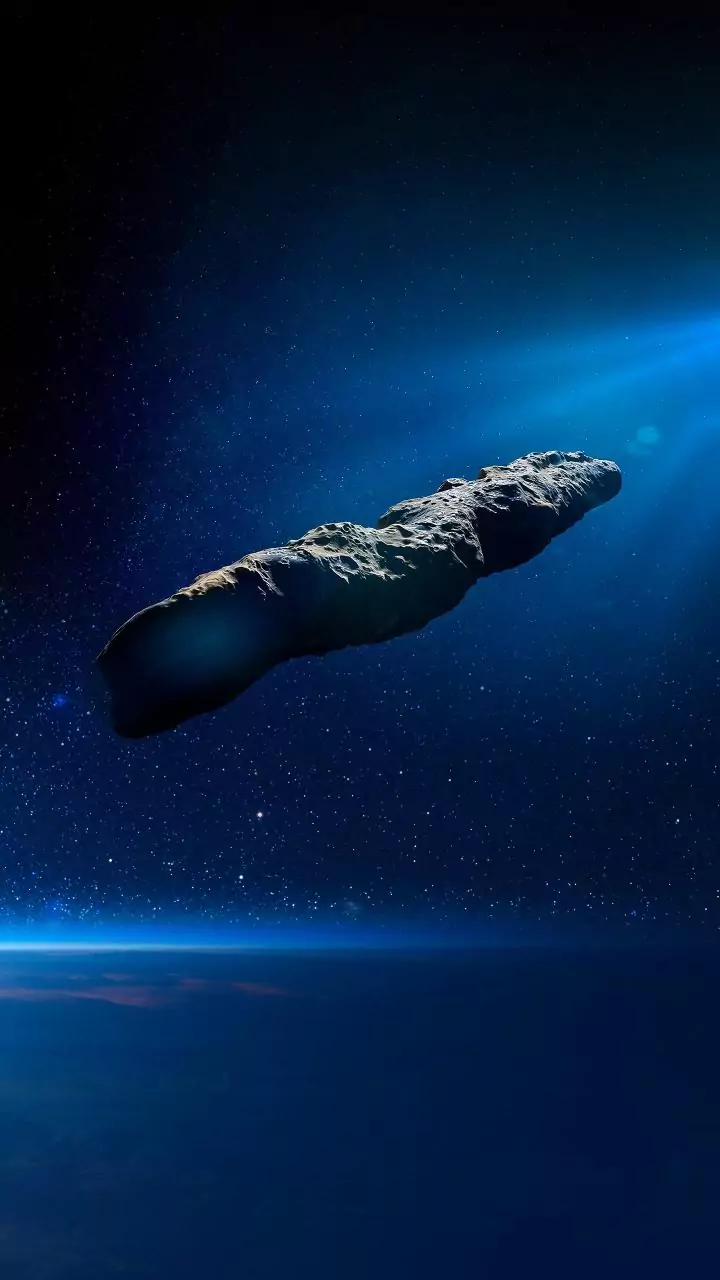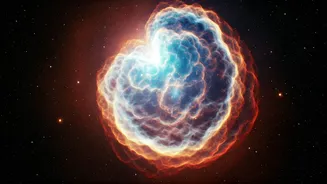Unveiling Lunar Secrets
Scientists have recently opened up lunar samples collected during the Apollo 17 mission back in 1972. These untouched samples are expected to provide crucial
information concerning the Moon's tumultuous origins. The examination of these lunar specimens promises to reveal new details concerning the formation of our celestial neighbor, offering valuable insights into the intense bombardment the Moon faced in its earlier stages. This includes a more refined understanding of the Moon's geological composition, providing a deeper comprehension of its past.
Comet's Dramatic Breakup
In the cosmic ballet of our solar system, comet C/2025 K1 (ATLAS) took center stage after encountering a close brush with the sun. This event resulted in the comet fragmenting into three pieces. This type of event is a dramatic demonstration of the powerful forces acting within our solar system. The way comets respond to solar heat and gravitational influences is critical for predicting their trajectories and potential impact, which is a key part of astronomical research. The breakup gives scientists a unique view into the comet's internal structure and its sensitivity to the sun's radiative power.
Guiding Aspiring Stargazers
For those just starting out in the exciting world of amateur astronomy, there's a wealth of expert guidance. The journey begins with choosing appropriate equipment, like binoculars or a beginner-friendly telescope. Then, it moves into learning constellations and familiarizing oneself with the celestial map. Starting slowly, learning about the planets, and going to star-gazing events are all good practices for new stargazers to learn the night sky. With the right strategies, novice stargazers can start their exciting journey of celestial exploration.
Snowy Moon Speculation
Recent discussions and research have focused on the captivating idea of possible 'snow' on the Moon. This inquiry involves analyzing the potential for volatile substances, such as water ice, to exist within shadowed craters and other cold areas on the lunar surface. If confirmed, this 'snow' could have huge implications for future lunar exploration, offering a source of water for astronauts and paving the way for sustainable bases. Researchers are currently investigating various avenues to validate these findings and understand the composition of these potential deposits.
